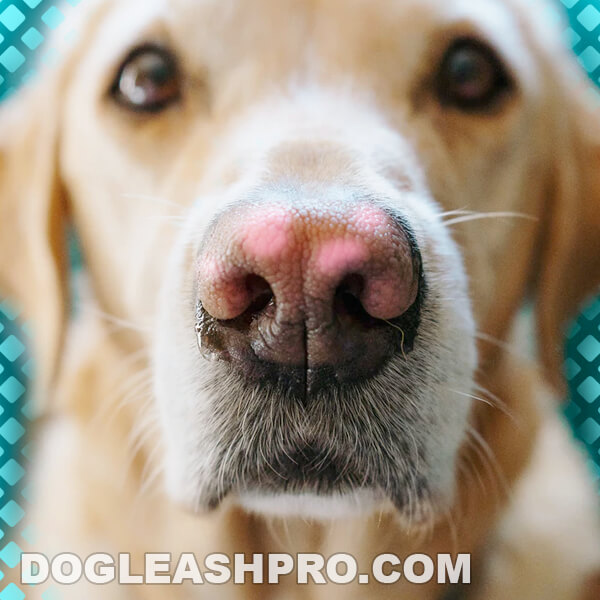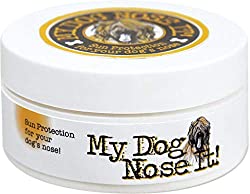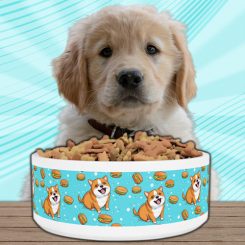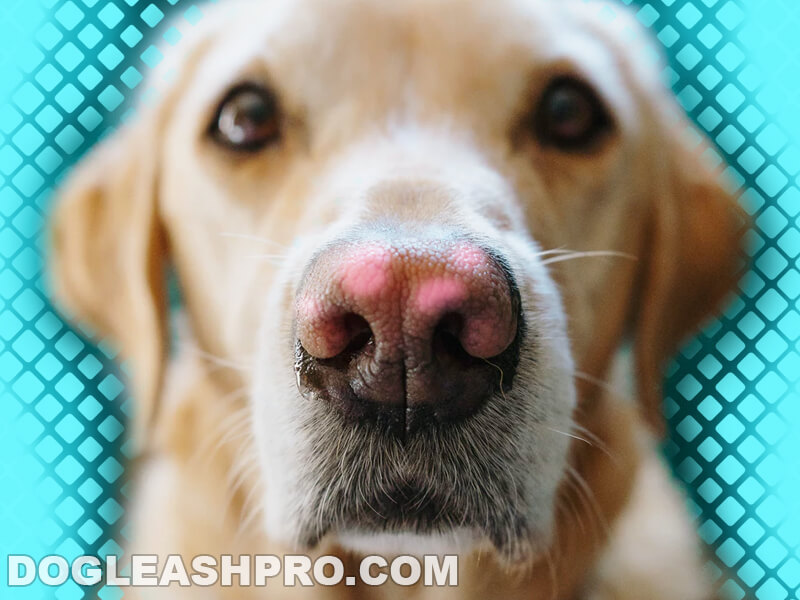
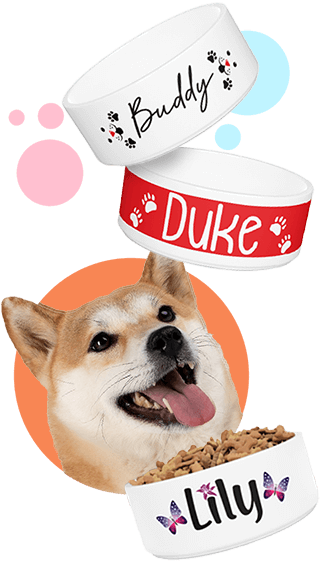
When I had a German Shepherd, I remembered she had a pink spot on her nose and almost panicked. I called my veterinarian and recall telling her in a worried tone, “My German Shepherd nose is turning pink! Should I be concerned?” She immediately told me not to panic as there could be a number of reasons why my dog has a pink spot on his nose.
Pink spot on dog’s nose: Many veterinarians we reached out to listed a few reasons for why there was a pink spot on my dog’s nose, including an allergy, a deep scratch, a snow nose condition, or canine vitiligo.
The color of your dog’s nose can tell you a lot about his or her health. Let’s explore each of these in detail below.
Table of Contents
Pink spot on dogs nose: 4 Surprising Reasons
Here are four surprising reasons why your dog may have pink spots on his or her nose. Let’s start with allergy first which can cause lots of pink spots and large pink spots if it is not treated right away.
1. Pink spot on dog nose due to allergic reaction
If your dog has pink spot on nose, the first reason could be due to allergy. Sometimes, a dog can come into contact with something that his or her nose is allergic to. For instance, your canine friends’ nose usually touches their food bowl and water bowl every day.
If you happen to buy a new food bowl or water bowl, be aware of the materials they are made of.
For instance, many plastic food bowls contain chemicals such as BPA or bisphenol A and p-benzyl hydroquinone.
Let’s first discuss the p-benzyl hydroquinone chemical found in many plastic food bowls. This chemical is known to prevent melanin (or dark pigment) production in dogs. Your dogs’ nose is currently deep dark black and leathery thanks to proper melanin production.
When a dog’s nose is constantly touching the plastic food bowl that contains p-benzyl hydroquinone, this frequent contact can inhibit melanin production and ultimately cause depigmentation leaving your dog’s nose to have a pink spot.
This is why it is crucial that dog owners find out what material the food or water bowl is made of before buying it.
Also, before you buy any new food bowls for your pooch, check to make sure your dog does not have any plastic allergies. Plastic allergies in dogs can cause the following symptoms:
- Frequent rubbing of the face.
- Obsessive licking of the nose.
When dogs frequently rub their face, they can accidentally scratch their nose with their sharp paw nails and this can cause pink spot on dogs’ noses. Let’s discuss this next.
Be sure to swap to a safer bowl alternative such as the ceramic dog bowls. They are free from toxic materials like BPA and can’t be chewed off by our furry friends.
2. Pink spot on dog nose due to a deep scratch
Whether your dog gets into a brawl with another dog, sneaks under a sharp fence that scraps his or her nose, or scratches his nose frequently due to allergies, they can all cause a pink spot on your dog’s nose.
This can happen to many active dogs, especially when they are allowed to roam freely in the backyard or outside of the house.
If this is the case, there’s not much to worry about. The dog’s nose will eventually heal and the pink spot on top of dog’s nose will gradually turn black or to his or her original nose color.
We highly recommend that you consult with your vet to see if there’s anything you can do to help the pink spot heal. There could be a canine-friendly ointment to help the dog’s nose heal, but most likely your vet may ask you to leave your dog’s nose alone and let it heal by itself for at least 3 to 4 weeks.
If the pink spot is still not healing, call your vet and ask for further advice and suggestion.
Handy Hint: Some dog owners prefer to install wireless dog fences to keep their dogs from escaping the yard or premises. Many prefer wireless dog fences over physical fences in order to preserve the nice view they have. Some towns may have zoning laws that prohibit physical fences.
3. Pink spot on dog nose due to snow nose condition
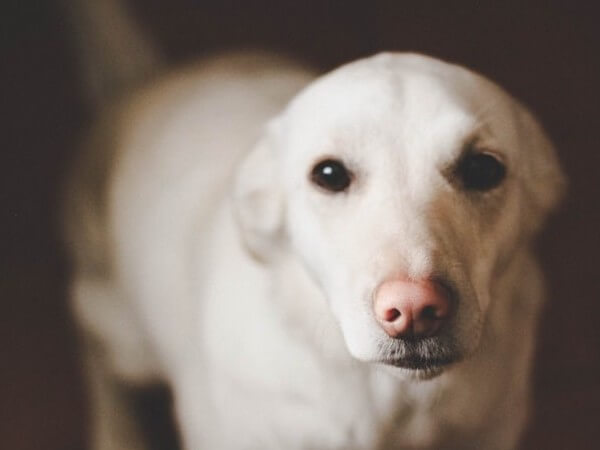
There are times when a dog’s nose changes from its normal black pigment to pink or brown color during the winter. This is what the vet may call a snow nose condition. Luckily, this color change is temporary. During warmer seasons like spring or summer, your dog’s nose will darken again.
There are cases when a dog’s nose turns pink during the winter or in cold seasons because the Tyrosinase enzyme in the dog’s nose reacts with the cold and gets broken down. While this usually happens during the winter season, the Tyrosinase enzyme in the dog’s nose can also get broken down in warmer seasons as well.
Make sure to consult with your dog’s vet if you suspect your K9 family member has a snow nose condition. Snow nose is usually harmless but having your vet check up on it is also a good idea. Your vet knows your dog best and will know what is causing the pink spot.
4. Pink spot on dog nose due to canine vitiligo
Like humans, our four-legged friends can also get vitiligo. It is an immune disease that affects our dog’s pigment in the nose and skin. Vitiligo can cause your dog’s nose to lose its dark pigment and create pink spots so it will look like your dog suddenly has pink spot on nose.
That’s because this immune disease prevents the pigment from reaching the nose of the dog and so without the dark pigment, pet owners may see pink spots on their dog’s nose. In some cases, vitiligo can also affect the dog’s skin and you may also notice a white coat in replace of their usual coat color.
Once you start to notice the pink spot on your dog’s nose, be sure to record it down on a piece of paper or notebook. Your vet will most likely ask you when you first notice the pink spot on your dog’s nose and this information will be very helpful.
Canine vitiligo usually occurs during puppyhood. If you notice a pink spot on puppy nose, then it may likely be vitiligo. Although there is currently no cure for canine vitiligo, this immune disease isn’t painful at all and it doesn’t really affect your dog’s daily activities or life. You’ll just notice pink spots on his or her nose.
You might also like: White Chihuahua – Complete Guide!
Pink bump on dog’s nose: Should I be concerned?
If it isn’t a pink spot, but a pink bump on your dog’s nose instead, then you’ll want to contact your vet as soon as you can.
That’s because your furry friend may have nasal polyps and your precious pooch may have nasal tumors. Nasal tumors can be benign or they can be malignant.
While most cases of nasal tumors in dogs are not cancerous, we still highly recommend that you speak with your vet right away as soon as you spot pink bumps on your dog’s nose. Your vet may ask you to bring your pooch in for a checkup and examination.
Signs and symptoms of nasal polyps include:
- Bloody nose.
- Nose bleeding more frequently.
- Swelling of the nose, lips, and cheek.
- Crusty dry bumpy nose.
- Excessive discharge of mucus.
Nasal polyps are usually caused by a virus and going to see the vet is the best solution. Your dog’s vet will recommend the best treatment for your pooch with bumpy pink nose. Treatment can include radiation therapy or surgery to remove the nasal tumors.
Since dogs are very likely to scratch their face and nose if they feel pain or discomfort, it’s best for dog owners to buy a cone for their canine friends. Wearing a cone will prevent your furry friends from touching their faces. Owners will need to observe their dogs’ noses closely following any treatment or surgery to make sure the nasal polyps do not come back.
Collie nose in dogs caused by lupus
In addition to vitiligo, dogs can also have an autoimmune disorder that affects their skin and it is usually caused by lupus. Signs of lupus usually include bleeding ulcers as well as the dog’s nose losing pigmentation.
While Collies dog breed is commonly affected by this skin condition, there are also other dog breeds affected by this condition as well such as:
- German Shepherds.
- Shetland Sheepdogs.
- Huskies.
When dogs have lupus, the color of their nose starts to turn pink from its original black pigment. The pink spot on the nose appears to be flaky and red and this is potentially harmful to dogs since these pink spots are essentially open sores.
Dogs with collie noses should avoid being outside for too long since extended sunlight exposure can cause the collie nose to flare up and this can worsen the condition. If you know your dog has this condition, be sure to put on protection before letting your dog outside on a sunny day.
If you live in mountainous areas or anywhere that has a high altitude, make sure your dog is protected from the sun since a higher altitude means a greater chance of being exposed to ultraviolet rays.
Ask your vet if your dog has a collie nose and which treatment is best for him or her. Most likely, your vet may prescribe immunosuppressive drugs and ask that you avoid letting your pooch sit out in the sun for an extended period of time.
Pink spot on dog’s nose: How to care for a pink spot on dog nose
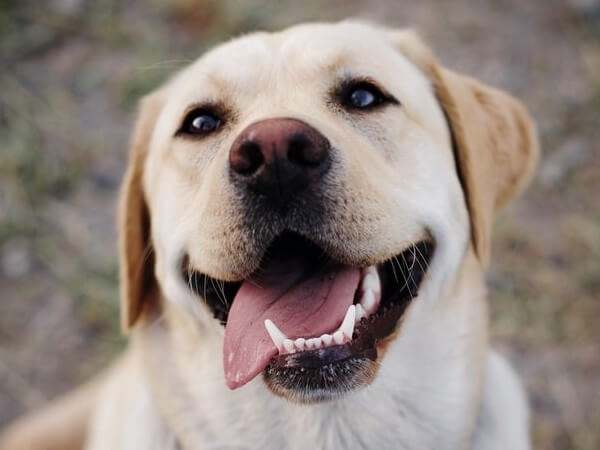
If you notice your dog nose turning pink, then it means that your pooch will need some TLC or tender loving care. Patience is required as you’ll need to take extra care of a dog with pink spot or pink nose.
Since there are pink spots on dog’s nose, it means they don’t have the pigment they need to protect their nose and are vulnerable under direct sunlight because their nose can easily get burned.
Before letting your dog play outside in the sun, you’ll want to first apply some sunscreen to their nose. The sunscreen will prevent skin cancer on the nose and their skin in general. If you’re not sure which sunscreen to use for your dog, you can always call your vet.
Pink spot on puppy nose
Pink spot on puppy’s nose is pretty common. That’s because most puppies, no matter which dog breed, are born with pink noses. As the puppy grows older, the pink nose will eventually turn dark into black pigment. However, there are puppies that will still have pink noses even when they grow older.
Most puppies’ noses will change from pink to dark black between 8 to 12 weeks old. During this time, you’ll notice some pink spots on the puppy’s nose mixed with black and this is completely normal.
If you notice a mixture of pink spots with light brown color on the nose, then it may be that your pooch may have a pink nose throughout his or her life.
You might also like: Pitbulls Pregnancy: How Many Puppies Can A Pitbull Have?
Nose color vs dog breed
There are certain dog breeds that have a higher chance of having a pink nose throughout their entire lives. Some of these dog breeds are:
- Australian Shepherd.
- Boxer.
- Cocker Spaniel.
- Dalmatian.
- Pitbull.
- Pointer.
- Siberian Husky.
In contrast to dogs with pink noses throughout their lives, here are some dog breeds that will most likely have black noses throughout their entire lives:
- Beagle.
- Golden Retriever.
- Labrador Retriever.
- French Bulldog.
- Poodle.
- Pug.
Final thoughts
Be sure to consult with your dog’s vet if you notice a pink spot on your dog’s nose. Your vet may ask you to bring your dog in so he or she can properly diagnose the pink spots on the dog’s nose.
If your dog has pink dry flaky bumps on the nose that aren’t going away and they are growing by the day, you’ll definitely want to record the date you first notice this and consult with your vet right away. Time is of the essence and the sooner you have the pink spot on the dog’s nose checked out, the better.
As always, it’s best to err on the side of safety and speak with your vet even if the pink spots are harmless and temporary.
DISCLAIMER: THIS WEBSITE DOES NOT PROVIDE MEDICAL ADVICE
The information, including but not limited to, text, graphics, images and other material contained on this website are for informational purposes only. No material on this site is intended to be a substitute for professional veterinary advice, diagnosis, or treatment. Always seek the advice of your veterinarian or other qualified health care provider with any questions you may have regarding a medical condition.
Resources:
https://bmcvetres.biomedcentral.com/articles/10.1186/s12917-019-2003-9
https://www.akc.org/expert-advice/health/loss-of-pigmentation-in-dogs/

With over five years of specialized experience as an animal writer, my expertise lies in dog nutrition, health, behavior, grooming, and training. I am dedicated to delivering helpful and informative content that caters to the well-being of our furry friends. My primary goal is to empower pet owners with knowledge and ensure our canine companions thrive in health and happiness. In my free time, I love volunteering at local dog rescue centers.
